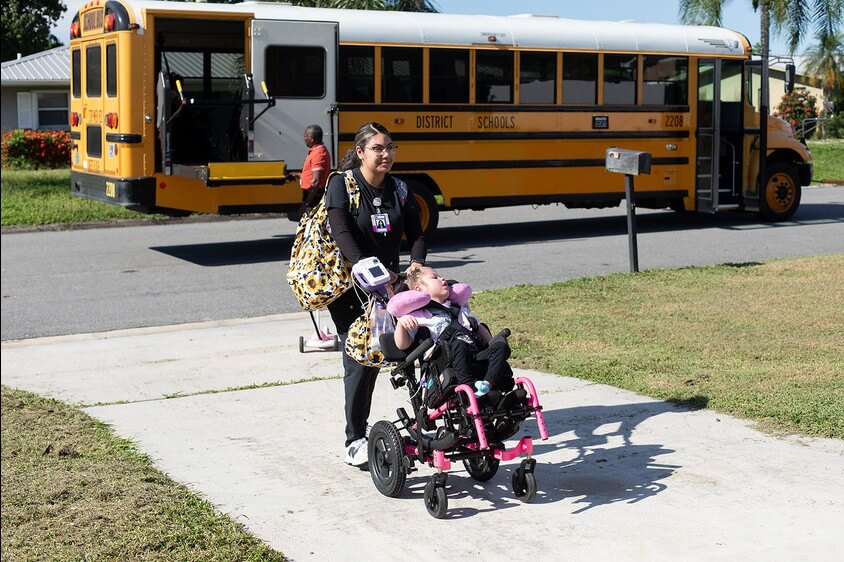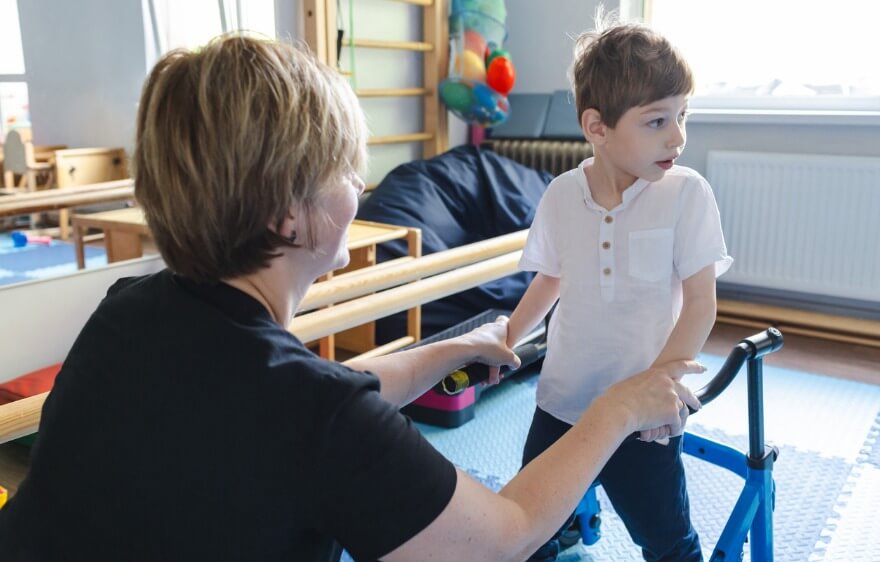44 states are now members of the Common Core State Standards Initiative… it’s safe to say that Common Core has officially “arrived.” And this means big changes for school administrators.
The Common Core standards have implications for curriculum, evaluations, and professional development – not to mention a whole new set of questions from parents. Very little information is available to help Special Education departments understand how the Common Core affects speech therapy curriculum, and as a result, Special Education Directors across the country are left to do a lot of guesswork.
We’ve put together the following checklist to arm your SLPs with the information and tools they need. Read it, save it, share it – our goal is to help facilitate a common language and expectations between you, your SLPs, and other administrators to successfully implement the Common Core Standards in your program.
SLP Checklist for Taking On the Common Core
1. Get familiar with the Common Core Standards
First and foremost, make sure your SLP is familiar with the standards and what they mean for speech therapy. Language skills are at the “core” of the Common Core, including narratives, comprehension, phonological awareness, and conversation/discourse – so it is crucial that SLPs understand their contribution to developing these oral language skills.
Resource: Video Explaining the Common Core State Standards
2. Understand what speech-language services bring to general education
As we know, the relationship between language and literacy skills is reciprocal. Ensure your SLP’s language strategies provide timely reinforcement of literacy instruction and facilitate links between oral and written language whenever possible.
3. Collaborate with teachers and other specialists
With Common Core’s emphasis on a pervasive language approach to instruction, speech-language pathologists are uniquely qualified to help students meet the new standards. SLPs may have more opportunities to collaborate with teachers and specialists in developing these skills.
4. Understand how speech-language intervention relates to Bloom’s Taxonomy to support general education paradigms
Revised Bloom’s Taxonomy of cognitive objectives (RBT) creates a collegial understanding of student learning outcomes for general education. Make sure your SLP is familiar with these terms and how they relate to speech-language intervention.
Resource: Revised Bloom’s Taxonomy
5. Convert to standards based IEPs
While traditional IEPs focus on the developmental progression of skills, a standards based IEP focuses on a student’s present level as it relates to their progression towards grade-level CCSS. When IEPs are aligned to the CCSS, general education and special education have the opportunity for unprecedented collaboration, and all team members can see how a student’s educational program is helping them progress toward meeting grade-level standards.
Resource: Writing IEPs Aligned to Common Core Standards (Education Week)
6. Tap your online resources and know where to go for instructional help
SLPs need the access (and budget) to utilize tools within their therapy that align with teacher curriculum & common core standards.
Take advantage of Common Core Explorer, a free resource from Common Sense Media which makes it easy for educators to find apps, websites, and digital curricula that may support students in therapy and/or the classroom.
7. Familiarize yourself with Smarter Balanced (if applicable)
In states utilizing the Smarter Balanced assessment system, the SLP needs to be able to advocate for necessary tools and accommodations at the student’s IEP.
Smarter Balanced provides a guide for selecting and administering universal tools, designated supports, and accommodations for those students who need them.
8. Get comfortable discussing Common Core expectations with parents
Parents are bound to have questions about Common Core, what is covered, and what is to come. SLPs should be comfortable discussing these changes with parents and providing additional context based on a student’s individual needs.
Many state Departments of Education have developed resources for parents to understand Common Core and what to expect – and New York in particular does a great job of outlining the changes in straightforward language, and explaining parents’ role in supporting Common Core curriculum at home.
9. Know that it’s safe to change
Establishing a culture of learning has a substantial impact on student performance. Through strong instructional guidance and materials, orderly and supportive learning environments, and high expectations for academic achievement – we can help ensure our students are better positioned for success throughout the rest of their lives.
10. Build your community of professional resources
As the Common Core process evolves, SLPs will inevitably run into questions – however, in a traditional school setting, they are often professionally alone. SLPs need access to a reputable peer group and other professional sources from whom to ask questions and seek help.
Care Options for Kids has supported school administrators for years, and we’re the experts in speech-language therapy. If we can help your district answer questions about Common Core, contact us today.





